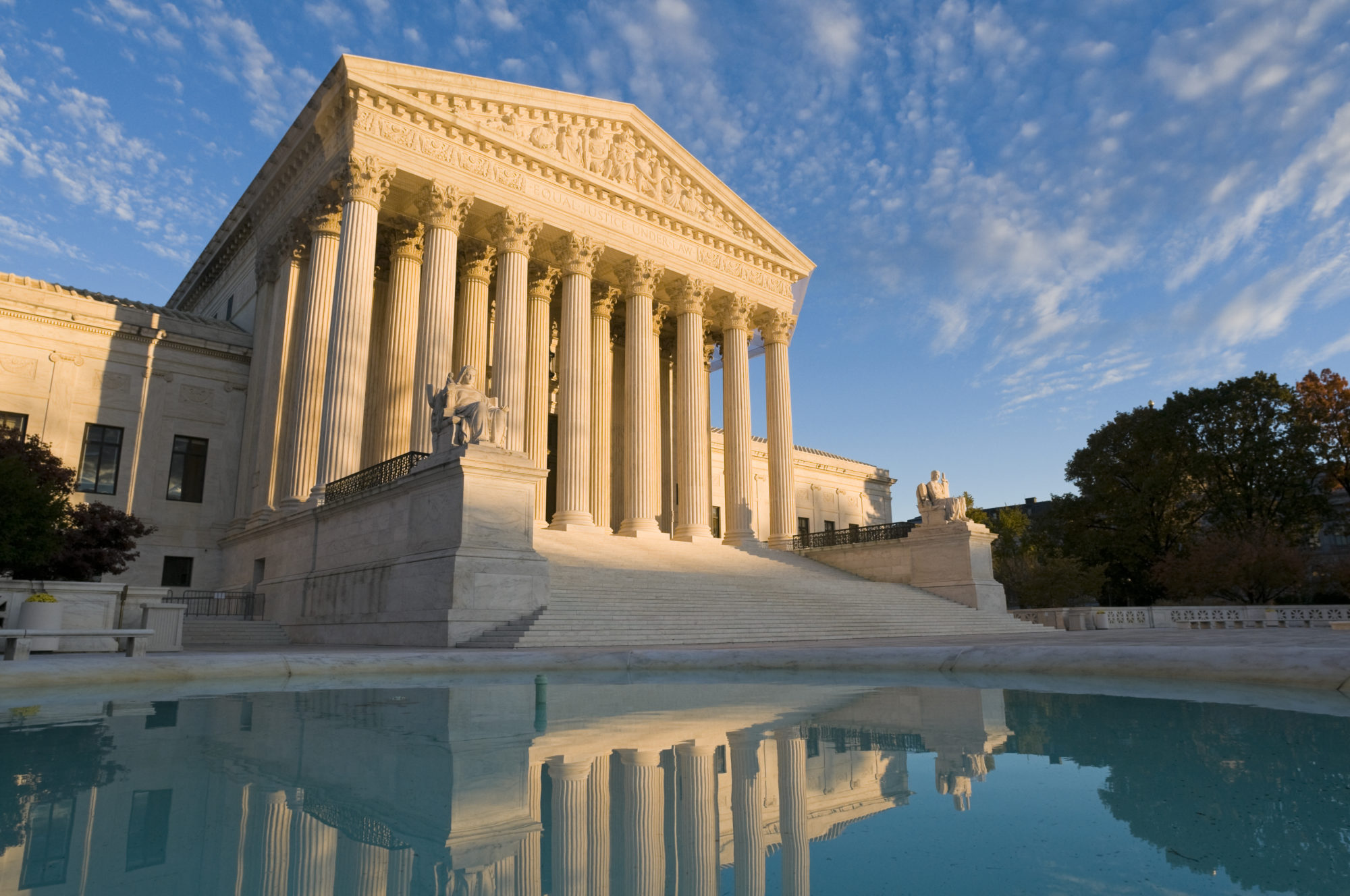In our previous two posts (this one and this one), we examined the implications of justices cross-referencing other justices at oral argument. In this post, we take the analysis a step further and focus on the content of those cross-references.
The figure below is a word cloud derived from every sentence in the Supreme Court oral argument transcripts from the 1985 to the 2017 Terms in which one justice refers to another sitting justice by name. (We also treated references to “the chief” and “the Chief Justice” as a reference to Rehnquist or Roberts, depending on the era.) The word cloud provides a visualization of the relative importance of the 100 most frequent words in that set, excluding common words such as and, the, it, to, …

Word clouds are the text mining equivalent of a Rorschach test. The frequency of each individual word in a “bag of words” is of course an objective fact; but the significance each viewer gives to that fact depends on his or her expectations. Our interpretation of the word cloud above is that when justices are referring back to other justices in the modern era, they are overwhelmingly attempting to go back to a specific question raised by that justice. “Question” is the dominant token in this word cloud, occurring more than twice as often as the next two tokens, “answer” and “think.” Likewise, “answer” suggests a reference is being made to an earlier question; “think” is more generic.

Supreme Court Oral Argument, 1985 – 2017 Terms: Advocate-justice cross-reference word cloud
Looking at the same visualization for advocates in the above word cloud, we see questions are still important, but not so clearly dominant. In the advocate word cloud, “question” is only the third ranked token, after “think” and “court.”
Previously, we have shown that the modern era of oral argument is defined more by comments than by questions; we have also shown that questions are more often asked of one’s friends, and comments are put to one’s foes. Finally, we have shown that judicial cross-references are generally made between two justices who ultimately agree with one another in the case at hand. As such, it follows logically that justices’ cross-references tend to focus substantially on fellow justices’ questions. This content analysis further buttresses this prior evidence of the relationship between questions and agreement, comments and disagreement, and judicial cross-references and agreement.

You must be logged in to post a comment.